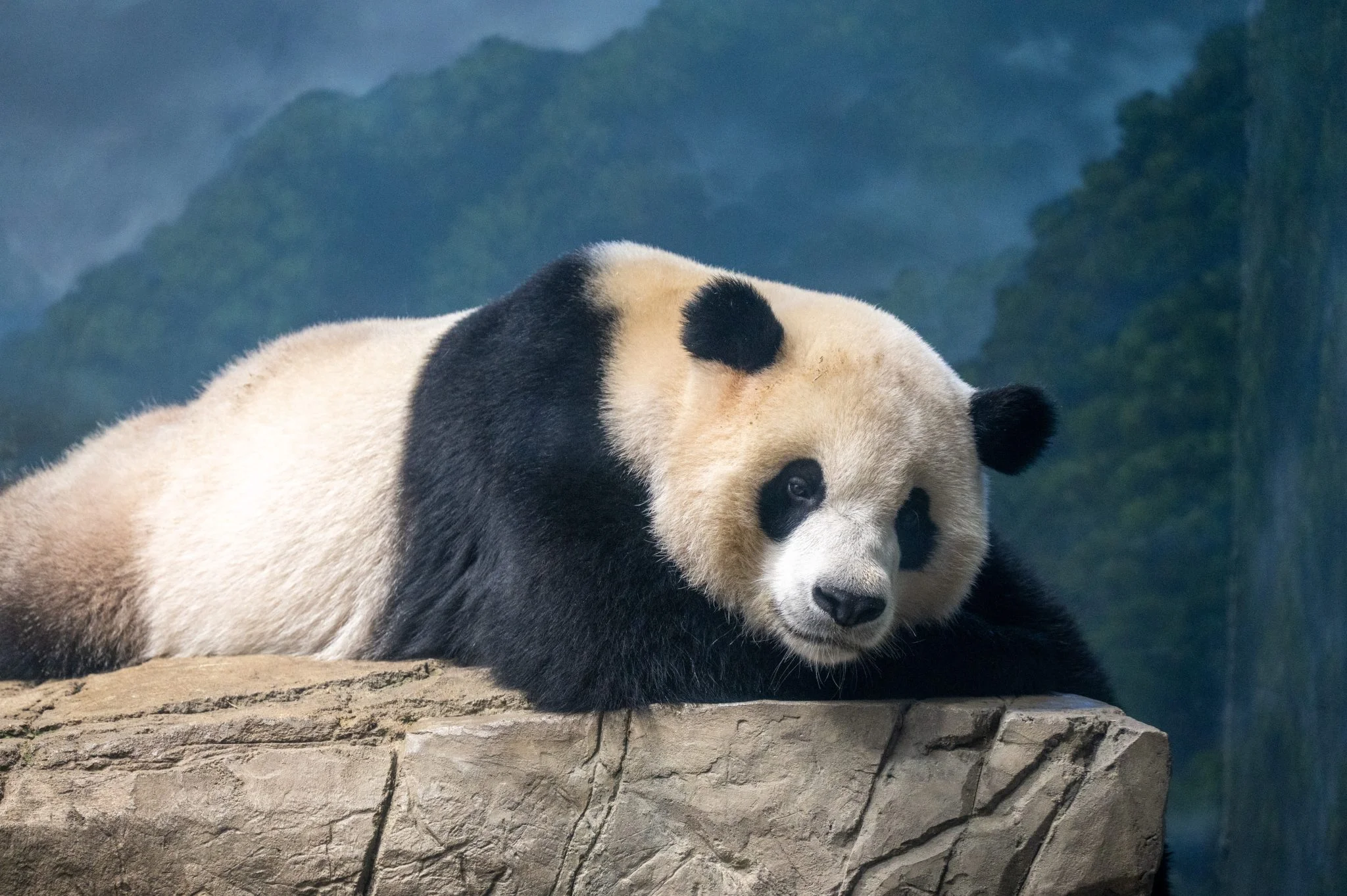In 1972, two ambassadors left China for the U.S. They did not speak a word of English or Mandarin. In fact, they could hardly walk on two feet. These were not people, but pandas, China’s national animal. Since arriving in America, they have become an enduring symbol of the goodwill and cooperation between China and the U.S., a sign that they will continue to engage bilaterally. It was the beginning of panda diplomacy.
Over the years, China has loaned pandas worldwide to zoos and research facilities as part of cooperative breeding programs. In the U.S., the adorable fur-balls are extremely popular, having garnered a cult-like following that has spawned merch and viewing lines at zoos. At its peak, the U.S. panda program saw 13 pandas spread across four zoos: the Smithsonian in Washington, San Diego, Memphis, and Atlanta. Since 1972, there has almost always been a panda presence in U.S. zoos. That presence is—at least for now—over.
Though China highly prizes its pandas and heavily scrutinizes international facilities over their care, American zoos do not take the panda recall personally. When China did not extend the panda loan agreements, it is unlikely that the reasons have to do with the ability of American zoos to care for the animals. Rather, according to Dan Ash, director of the Association of Zoos and Aquariums and a former head of the Fish and Wildlife Service, “it’s a reflection of the state of relations between the U.S. and China.”
U.S.-China relations have grown increasingly tense in the past decade. The two largest economies are also each other’s largest trading partners. However, each country’s ambitions for global hegemony, coupled with their irreconcilable disagreements over major policy issues, set them on a confrontational path. The relationship ebbs and flows between cooperation and competition, ranging from issues in foreign investment to the climate crisis to geopolitical events worldwide.
The most recent flare-up in tensions was when the U.S. detected and shot down a Chinese spy balloon sailing over the U.S. mainland in January 2023. While Beijing claimed that the balloon was a civilian research vessel that drifted off course, Washington was rightfully concerned by the discovery. It worsened an already deteriorating relationship that lies in a delicate balance throughout world events.
The failure to renew any of the agreements that U.S. zoos have on their pandas is, therefore, likely due to this relationship and a reshuffling of China’s priorities. As a proxy for other agreements, the increased value of pandas and their existing popularity could bolster China’s negotiating power, however small an impact they may have.
This marker of U.S.-China cooperation comes at a pivotal moment on many fronts. Their economic integration brought wealth that gave faith to the ideal of peace between the two nations. Despite their differences, their economies remain inextricably linked; one would not exist without the other. Geopolitics is doing its best to undo this relationship.
During his presidency, Donald Trump escalated the rivalry with China by imposing various tariffs and trade restrictions, amounting to what is now widely considered a trade war between the two economic juggernauts. In the wake of the pandemic, protecting the American economy from global supply disruptions became the impetus for the Biden administration to further encourage the decoupling of the two economies. The trend of deglobalization comes at a time of growing geopolitical instability and a belief that free trade hurts domestic economies.
Beyond the economic sphere, there is also the environment. The two countries are the world’s biggest polluters. In 2021, China emitted the largest percentage of CO2 at 27% of global emissions, with the U.S. following in second at 11%. The emissions have grown in line with the growth of their economies. Environmental cooperation between the two would greatly benefit the goal of staying within the safe limits of global warming.
However, there are fundamental disagreements over how decarbonization should be conducted. One point of contention is China’s insistence that developing countries be given more leeway to pollute such that they may catch up to developed nations that were historically polluters, reflecting China’s ambitions for a more regionalized world order where the U.S. nor any country would serve as a global policeman. These disputes risk undermining the cooperative fight against climate change.
Still, both countries remain committed to working together to decarbonize. Both are members of the 2015 Paris Agreement and are the two largest manufacturers of green technologies. Both have set goals to drastically reduce carbon emissions and become carbon neutral. As one example, the U.S. Inflation Reduction Act, passed last year, has many provisions to encourage decarbonization. In China, President Xi has pledged to reduce emissions by 65% from their 2005 levels by 2030, but has also indicated that their energy needs will “not be swayed by others.”
For now, the absence of pandas in U.S. zoos reflects this tumultuous partnership. But this may soon change. The APEC Summit hosted in San Francisco in early November has injected a wave of optimism. The meeting between President Biden and President Xi led to a resumption of military contact and the denouncement of a “new cold war” from both sides. More importantly, however, was when Xi Jinping announced after their meeting that China was ready to send new pandas to the U.S. as “envoys of friendship between the Chinese and American peoples.”
It is perhaps fitting that the panda recall reflects the importance of economic and environmental cooperation in an uncertain world. They are symbols of diplomacy and friendship, but also of environmental sustainability and conservation. The risk that climate change has on society endangers pandas and other creatures too. For now, though, panda fans can remain hopeful that the return of the clumsy creatures will represent continued diplomatic efforts to ensure the survival of both species.
Featured Image Source: Georgetown University, Cliff Djajapranata






Comments are closed.